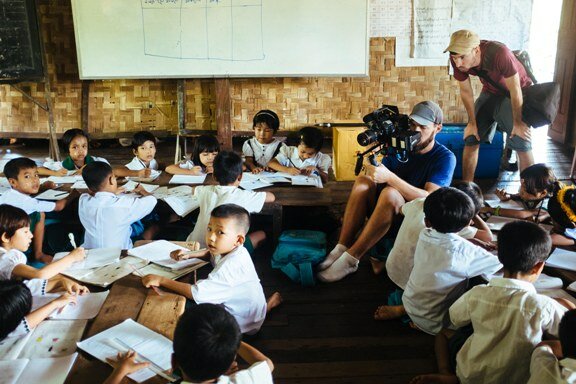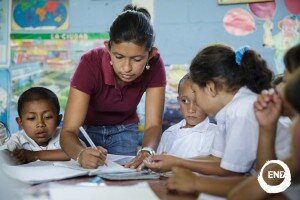Storytelling is at the crux of our work at the END7 campaign and our mission to control and eliminate seven neglected tropical diseases (NTDs) by 2020.
We know that before people will take action to support any issue or cause, they have to be informed, inspired and connected to it. That’s why we’re working to ensure that people are aware of more than just the facts about NTDs, and that they also have an opportunity to see and hear the real stories of families and communities who are struggling to fight and overcome these diseases.
We were thrilled to recently meet another group that shares our same vision of making positive change through storytelling – Join the Lights. A creative media non-profit, Join the Lights is partnering with us to document and share the progress toward controlling NTDs in Myanmar. The country’s latest nationwide mass drug administration campaign took place just last week, with support from END7.
This wasn’t Join the Lights’ first experience with NTDs. Film crew members Davis, Tim and Kevin shared with us that they have already needed to seek treatment for parasitic diseases like intestinal worms and schistosomiasis over the past year while they’ve been traveling to remote parts of Latin America, Africa and South East Asia.
While they’ve had their own experiences battling NTDs, traveling with END7 and our partners allowed Join the Lights to witness what NTD control efforts are like on a large scale. This year’s campaign involved extensive logistics to deliver medicines around the country and the training and mobilization of community health workers to deliver treatments to more than 20 million people – half of them children – in a period of just one week.
We’re thankful to have the added power of Join the Lights’ storytelling expertise behind us in our efforts to control and eliminate NTDs in Myanmar and around the world.
You can follow along with them on and to see the progress on their work, and stay tuned for us to share the final product later this year!



